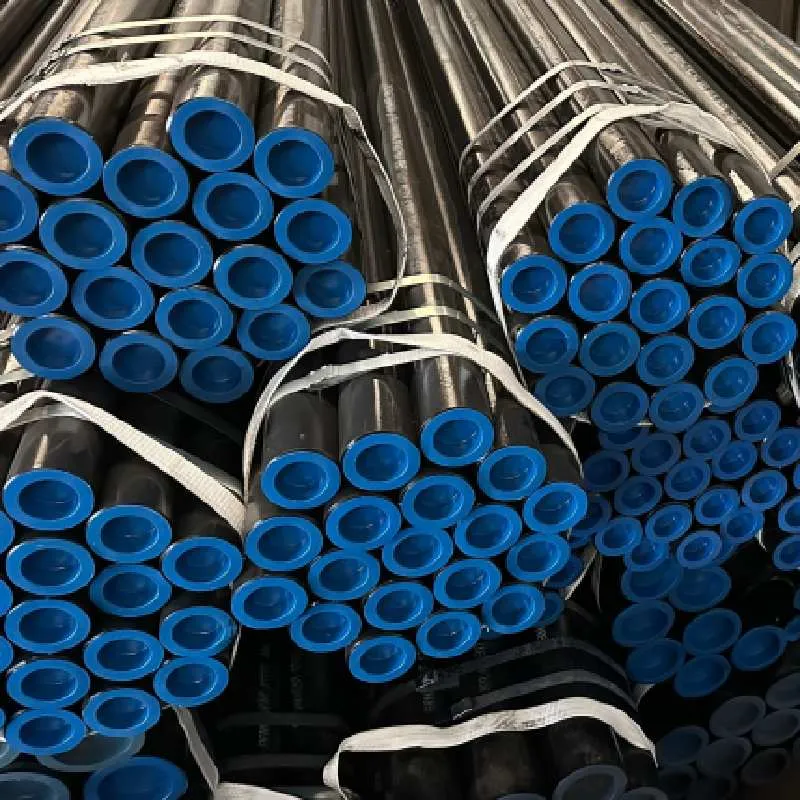-
Cangzhou Yulong Steel Co., Ltd.
-
Phone:
+86 13303177267 -
Email:
admin@ylsteelfittings.com
- English
- Arabic
- Italian
- Spanish
- Portuguese
- German
- kazakh
- Persian
- Greek
- French
- Russian
- Polish
- Thai
- Indonesian
- Vietnamese
- Zulu
- Korean
- Uzbek
- Hindi
- Serbian
- Malay
- Ukrainian
- Gujarati
- Haitian Creole
- hausa
- hawaiian
- Hebrew
- Miao
- Hungarian
- Icelandic
- igbo
- irish
- Japanese
- Javanese
- Kannada
- Khmer
- Rwandese
- Afrikaans
- Albanian
- Amharic
- Armenian
- Azerbaijani
- Basque
- Belarusian
- Bengali
- Bosnian
- Bulgarian
- Catalan
- Cebuano
- China
- China (Taiwan)
- Corsican
- Croatian
- Czech
- Danish
- Esperanto
- Estonian
- Finnish
- Frisian
- Galician
- Georgian
- Kurdish
- Kyrgyz
- Lao
- Latin
- Latvian
- Lithuanian
- Luxembourgish
- Macedonian
- Malgashi
- Malayalam
- Maltese
- Maori
- Marathi
- Mongolian
- Myanmar
- Nepali
- Norwegian
- Norwegian
- Occitan
- Pashto
- Dutch
- Punjabi
- Romanian
- Samoan
- Scottish Gaelic
- Sesotho
- Shona
- Sindhi
- Sinhala
- Slovak
- Slovenian
- Somali
- Sundanese
- Swahili
- Swedish
- Tagalog
- Tajik
- Tamil
- Tatar
- Telugu
- Turkish
- Turkmen
- Urdu
- Uighur
- Welsh
- Bantu
- Yiddish
- Yoruba

Νοέ . 15, 2024 15:29 Back to list
various types of flanges
Various Types of Flanges
Flanges are critical components in piping and piping systems. They are used to create a connection between pipes, valves, pumps, and other equipment. A flange is essentially a flat piece of metal that is designed to allow the easy assembly and disassembly of pipe systems. Understanding the various types of flanges is essential for engineers and designers, as each type serves a specific purpose and is suited for different applications.
1. Weld Neck Flanges
Weld neck flanges are one of the most common types of flanges used in piping systems. Characterized by a long tapered neck, they are designed to be welded to the end of a pipe. This design provides a strong and rigid connection that can withstand high pressures and temperatures. Weld neck flanges are ideal for high-stress applications, such as in oil and gas pipelines, and are available in a variety of materials including carbon steel, stainless steel, and alloy steel.
2. Slip-On Flanges
Slip-on flanges are designed to slide over the end of a pipe and are then welded in place. They are easier to install than weld neck flanges and are commonly used in low-pressure applications. The main advantage of slip-on flanges is their ease of use, which allows for quicker assembly. However, they are less suitable for high-pressure applications because the weld bead can be a weak point. They are typically used in piping systems for water or lower-pressure steam services.
Socket weld flanges are similar to slip-on flanges but have a socket into which the pipe is inserted. This type of flange is welded at both the outer and inner edges, creating a strong joint. Socket weld flanges are used primarily in small-diameter pipes and high-pressure applications, making them ideal for chemical processing and high-temperature services. Their compact design helps prevent corrosion and maintains a clean fluid flow.
4. Blind Flanges
various types of flanges

Blind flanges are solid flanges with no opening in the center. They are mainly used to seal the end of a pipeline or vessel to prevent the passage of fluids or gases. Blind flanges are crucial for maintenance and testing, as they can be easily removed and installed when necessary. They are used in various applications, including in power plants and water treatment facilities, where blocking off a section of piping is often required.
5. Lap Joint Flanges
Lap joint flanges consist of two components a loose flange that can rotate freely and a stub end. This design allows for easy alignment and fitting, making them ideal for applications requiring frequent disassembly. Lap joint flanges are often used in low-pressure and low-temperature applications, such as in food processing or pharmaceutical manufacturing. They provide a flexible connection that can accommodate minor misalignments in piping systems.
6. Threaded Flanges
Threaded flanges, as the name suggests, have internal threads that allow them to be screwed onto a pipe. They are particularly useful when welding is not feasible. These flanges are typically used in smaller diameter pipes and in situations where frequent disassembly is necessary. However, threaded flanges are not recommended for high-pressure or high-temperature applications as they can be susceptible to leaking.
7. Orifice Flanges
Orifice flanges are specifically designed for measuring flow rates in pipelines. They have holes for inserting flow measurement devices, making them essential in various industrial processes. These flanges are often used in conjunction with flow meters and instrumentation in oil and gas applications, water treatment plants, and other industries where precise flow measurements are critical.
Conclusion
Understanding the various types of flanges and their applications is vital for anyone involved in the design, installation, or maintenance of piping systems. Each type of flange has its own advantages and ideal use cases, ranging from high-pressure applications to simpler, low-pressure systems. By selecting the appropriate flange for a particular application, engineers can ensure the integrity and efficiency of piping networks, which play a crucial role in the successful operation of numerous industries.
Latest news
-
ANSI 150P SS304 SO FLANGE
NewsFeb.14,2025
-
ASTM A333GR6 STEEL PIPE
NewsJan.20,2025
-
ANSI B16.5 WELDING NECK FLANGE
NewsJan.15,2026
-
ANSI B16.5 SLIP-ON FLANGE
NewsApr.19,2024
-
SABS 1123 FLANGE
NewsJan.15,2025
-
DIN86044 PLATE FLANGE
NewsApr.19,2024
-
DIN2527 BLIND FLANGE
NewsApr.12,2024
-
JIS B2311 Butt-Welding Fittings LR/SR 45°/90° /180°Seamless/Weld
NewsApr.23,2024











